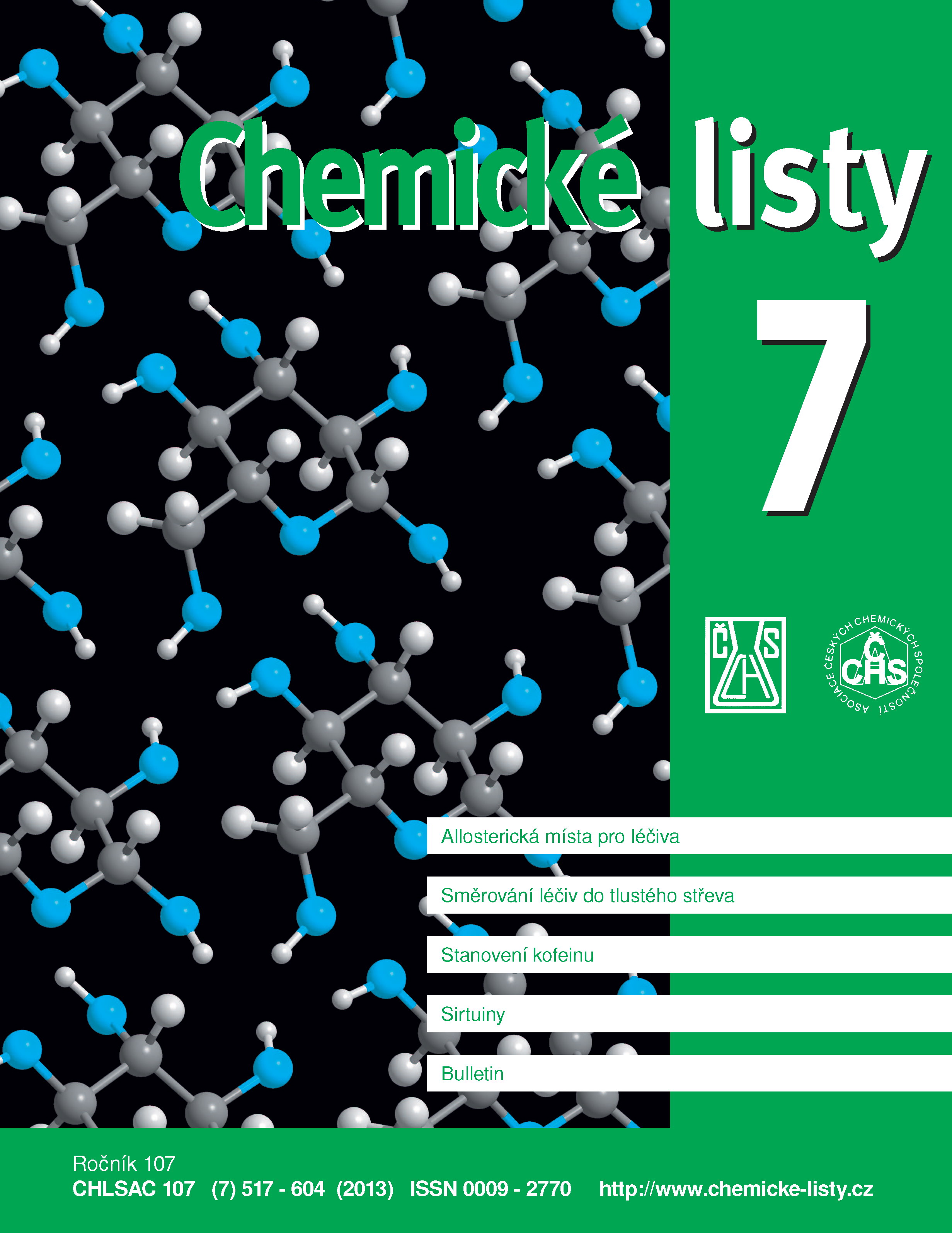Allosteric Binding Sites as Molecular Targets in Development, Design and Action of Drugs
Keywords:
allosteric effect, allosteric site, GABA(A) receptor complex, calcimimetics, sirtuin 1Abstract
Widespread occurrence of allostery has been recently exploited for design and development of drugs that bind to physiological or non-physiological allosteric sites. This may lead to gain or loss of function. Allosterism can be exploited in development and design of allosteric drugs. Benzodiazepines are classical examples of allosteric agonists for the GABAA receptor complex, where the neurotransmitter 4-aminobutanoic acid (GABA) binds to the active site and benzodiazepines bind to the regulatory site. The allosteric modulation of the Ca-sensing receptor with important clinical consequences has been described. Some of calcimimetics such as cinacalcet were approved for the treatment of certain forms of hyperparathyroidism. Allosteric modulators of regulatory target proteins such as sirtuin 1 are intensively investigated.





